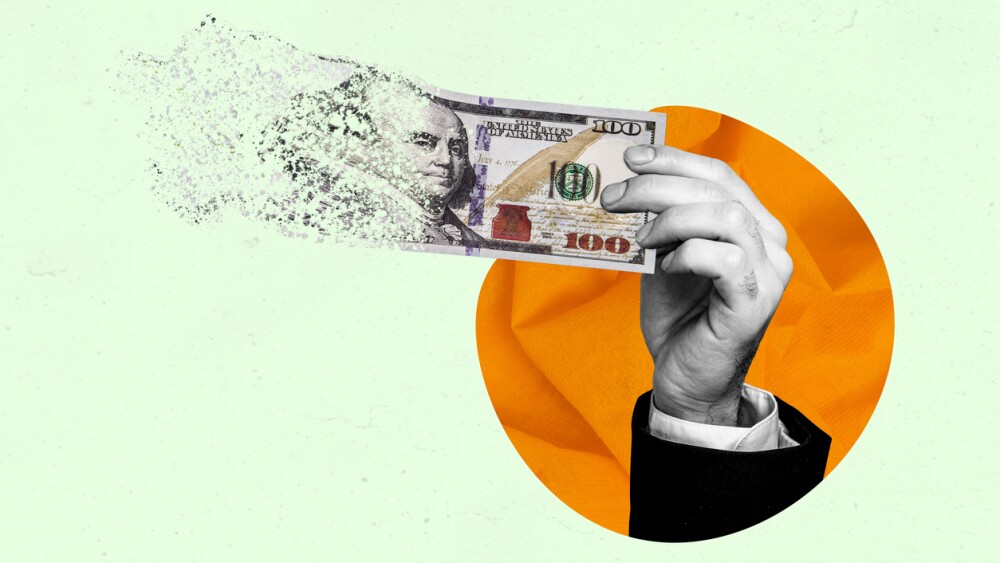After four people in the Pfizer-BioNTech’s and three people in Moderna’s COVID-19 vaccine trials developed temporary facial weakness or paralysis, some people became concerned that it could happen to them. But experts suggest that the condition, known as Bell’s palsy, is fairly prevalent in the population and generally transient.
After four people in the Pfizer-BioNTech’s and three people in Moderna’s COVID-19 vaccine trials developed temporary facial weakness or paralysis, some people became concerned that it could happen to them. But experts suggest that the condition, known as Bell’s palsy, is fairly prevalent in the population and generally transient, and these experts emphasize that the benefits of the currently authorized COVID-19 vaccines far outweigh any potential risks.
Bell’s palsy, or peripheral facial nerve palsy, can occur in anyone at any age. And while the cause of the condition is unknown, it may be due to swelling and inflammation of a nerve that’s responsible for controlling muscles on one side of the face.
Alternatively, Bell’s palsy may also be a sign that the body has experienced a reaction following a viral infection. Common causes of the condition include chickenpox and shingles, herpes, mumps or rubella, respiratory illness or the seasonal flu. Antiviral treatment may be helpful for improving recovery.
Around 25 to 35 per 100,000 people in the U.S. experience Bell’s palsy each year, according to the National Organization for Rare Disorders. Approximately 40,000 people in the U.S. each year receive a Bell’s palsy diagnosis.
In a story reported in USA Today, Dr. Anthony Geraci, the Northwell Health’s Director of Neuromuscular Medicine in Great Neck, New York, said approximately 90% or more patients with Bell’s palsy experience only mild, transient weakness on one side of the face, but it generally resolves within three months. “It’s a relatively benign condition,” he said.
The first signs of Bell’s palsy are rapid onset of mild weakness to total paralysis on just one side of the face. Other common signs and symptoms include facial droop, pain localized in the jaw or behind the ear, increased sound sensitivity, headache, a loss of taste as well as changes in the amount of saliva and/or tears produced. Symptoms are usually mild to moderate in severity.
But in his interview with USA Today, Dr. Geraci says most symptoms are so subtle that most people wouldn’t recognize that a person has Bell’s palsy if they just looked at them. “I challenge somebody to notice that someone is blinking less in one eye than the other,” Geraci said.
Geraci added that Bell’s palsy is much more frequent in the general population than the frequency that was reported in the Pfizer-BioNTech and Moderna COVID-19 vaccine trials. He said that “four persons out of almost 40,000 is even less than what we would expect to see when we take 40,000 people from the street and watch them for three months” independent of a COVID-19 vaccine. In addition, Geraci noted that not enough cases occurred in the trials to determine whether the vaccine caused the condition or if it happened coincidently.
Bell’s palsy isn’t the only potential temporary side effect reported with the COVID-19 vaccine. In an interview published in the Wall Street Journal, a volunteer in Moderna’s 30,000-participant COVID-19 vaccine trial said she experienced intense chills, neck pain, headache and joint aches following receipt of two vaccine doses in August. Additionally, the participant said her fever peaked at 102.4 and she lost three pounds, primarily due to increased water excretion. The following day, however, she said she felt fine and had no signs of illness. Because of her symptoms, the participant said she was certain she had received the active vaccine versus the placebo.
An advisory panel appointed by the U.S. Food and Drug Administration will review the safety and efficacy data of Moderna’s COVID-19 vaccine on Thursday. According to Moderna, the company’s experimental vaccine candidate features a 94.1% efficacy rate at preventing infection. Common side effects associated with the two-dose vaccine, including fatigue and headaches, were similar to those reported with the Pfizer-BioNTech vaccine.





